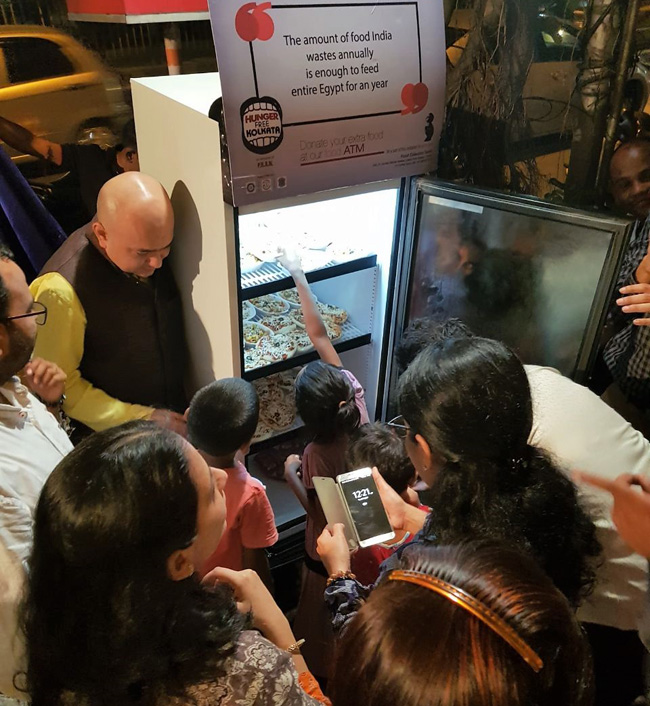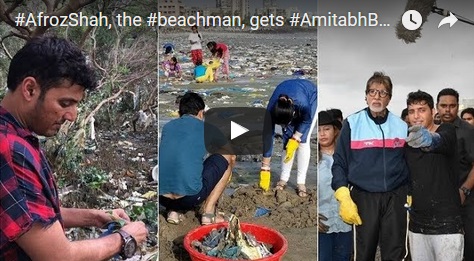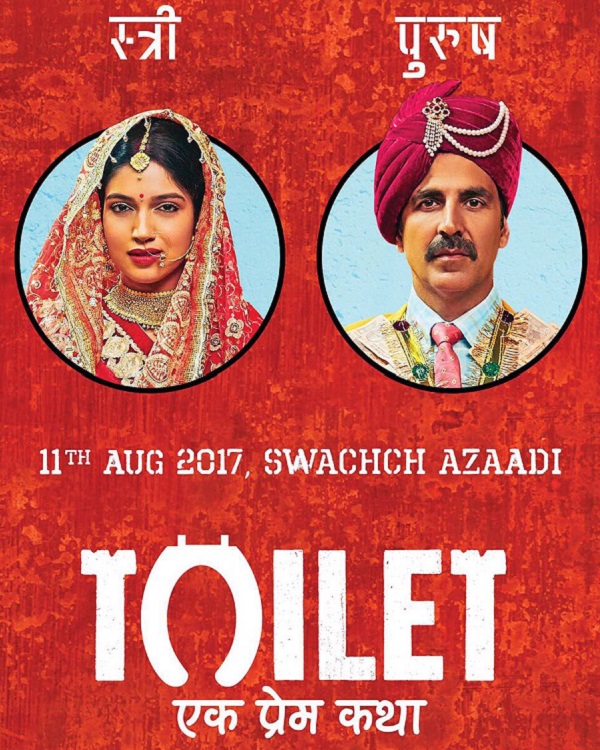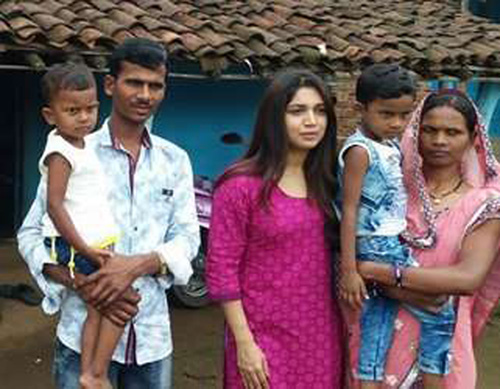When 86-year old Babulal Gaur was told by a top Madhya Pradesh BJP functionary that party’s national president Amit Shah wanted those above 75 years to relinquish their posts, Gaur promptly resigned as Minister of Home and Jails in the Shivraj Singh Chouhan government. He did not feel as much hurt by the loss of cabinet berth as by the insinuation that the party considered him an old man and ineligible for public office. Along with Gaur, PWD Minister Sartaj Singh (76) was also made to resign.
A year later, that is in the middle of this month, Amit Shah was in Bhopal for three days. The 75-plus formula cropped up twice — at his press conference and during his interaction with party men and he said that he had not given any such directive.
Shah’s clarification sharpened the ‘youthful glow’ on the face of Gaur, now 87, and he took no time in announcing that he would contest in next year’s Assembly elections from his constituency, Govindpura, from where he has been elected 10 times without interruption. He was, though, sore that Chouhan had resorted to such a dirty intrigue; had he simply asked him to resign, he would have submitted his resignation. ‘I didn’t take a minute to resign as Chief Minister when party president (Advani) asked me to’, he said.
Gaur continues to be the most colourful leader in the BJP. He had joined RSS as a student but he is not morose or close-minded like most of the RSS leaders. Asked for the reason, he said he had very early in life got involved with the trade union movement and carried the ‘red flag’, suggesting that it changed his outlook. He believes in enjoying life – what the French call joie de vivre. His strength lies in his live contact with the people, particularly from his constituency.
Gaur belongs to the rare breed of politicians. He contested his first Assembly election in 1974 as an independent supported by the parties which later formed Janata Party to dislodge Indira Gandhi and the Congress from power at the Centre and in several States. Gaur revealed at a public function a few years ago that he had won that election mainly because of the help from Congress leader Arjun Singh. As a Minister in the BJP government of Sunderlal Patwa in the early 90s, Gaur had displaced thousands of Muslim families from old Bhopal and dumped them at inhospitable terrains near Gandhinagar outside the city. He was in the forefront of the welcoming party when the Kar Sevaks returned from Ayodhya after demolishing Babri Masjid that resulted in communal riots in several parts of the country, Bhopal being one of the worst-hit with 192 recorded killings. Still, Gaur continues to be more popular among Muslims than any other BJP leader and more popular than most of the State Congress leaders also.
Patwa hated his guts but had to induct him into his cabinet at the insistence of (then BJP president) Lal Krishna Advani. When Uma Bharti was declared BJP’s Chief Ministerial candidate and had her absolute say in selection of candidates, she had convinced almost the entire party leadership that Gaur would better serve the party in Lok Sabha than in the Assembly. She had even selected Lok Sabha constituency for him – Bhopal. It was Atal Behari Vajpayee at the Central Election Committee who vetoed it down and said that Gaur, being a senior leader, should be allowed to contest for the Assembly if he so desired. Then, Uma Bharti trusted only Gaur to hold the Chief Minister’s post when she was made to resign in the wake of the non-bailable warrant against her from the Hubli court.
Gaur is not a stickler to the RSS/BJP code in the matter of his food habits. Still, the hard-core puritan like Kushabhau Thakre had tremendous affection for him. A retired executive of a private sector industrial unit tells me that in the 1980s he was assigned by his boss the task of giving ‘donations’ to important leaders towards their election expenses. When he reached Gaur with Rs 60,000 (earmarked for him), the BJP leader consulted a register where he had apparently noted down the amounts he was hoping to collect from companies and individuals and told the executive that he had counted on Rs 3,000 from his company. He refused to accept more, the retired executive said.
Gaur occasionally displays a wry sense of humour which is not common among BJP leaders. One day he invited some journalists for dinner. He called me up to remind me. I said that I had no option but to obey his command because, being the Home Minister, he would otherwise send a police party to pick me up. Gaur was silent for a few seconds, then said quietly: ‘Yes. You know I am Minister of Jails also’.























